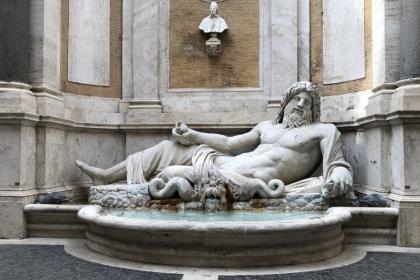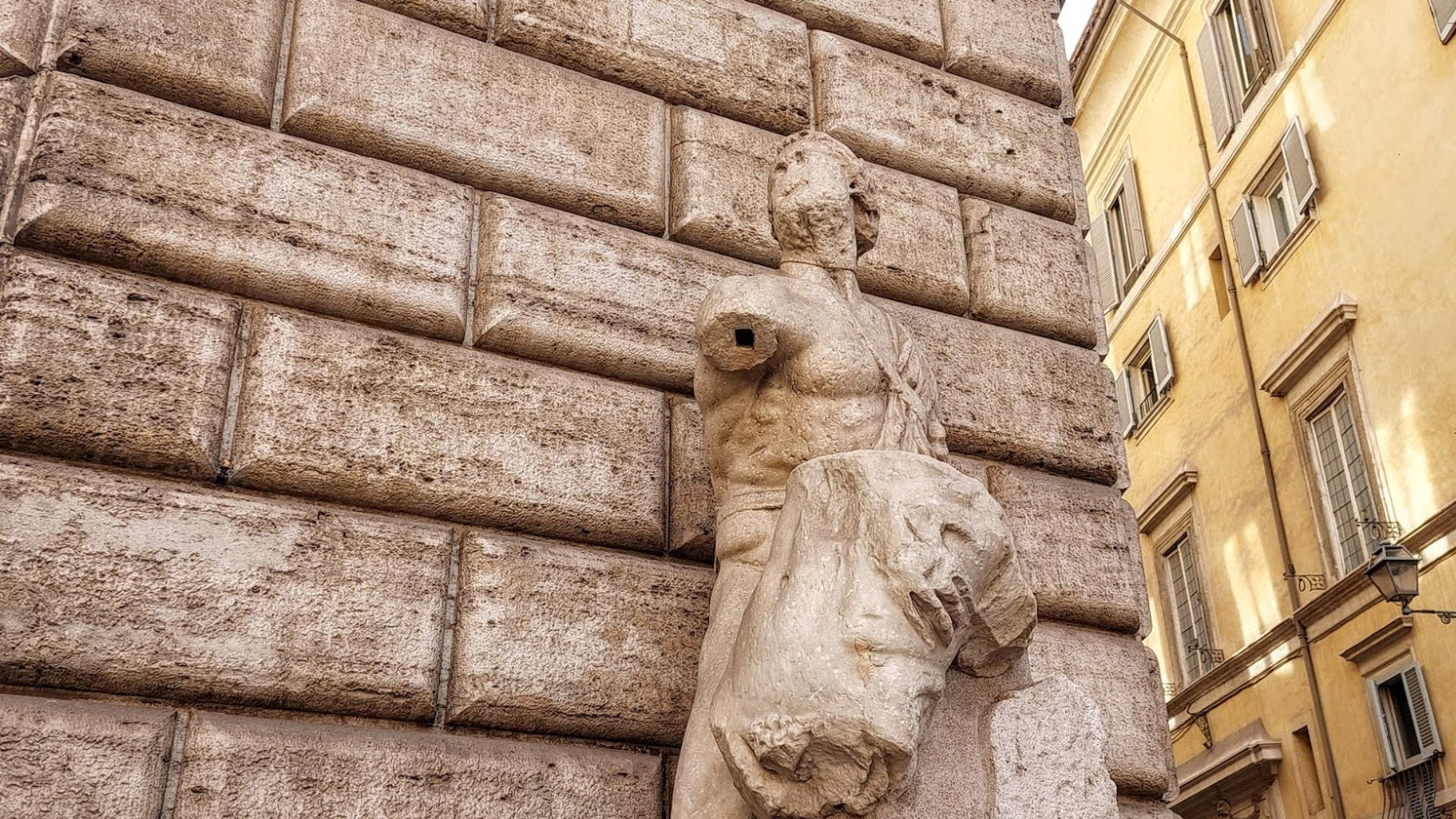
Beside Piazza Navona, at the corner of Palazzo Braschi, the seat of the Museum of Rome, there is a sculpture with a curious history: the Pasquino, one of the six talking statues of the historic centre, together with Marforio, the Babuino (the Baboon), the Facchino (the Porter), Abbot Luigi, and Madama Lucrezia.
The sculptures, dated back to different periods, represented the original voices of the criticism of the Romans. Since the 16th century, people used to place anonymous satirical verses around the neck or at the foot of the statues to mock the notables and show their discontent towards established power. Often, the statues communicated between them from one part of Rome to another, exchanging biting banters. The most popular were those between Pasquino, hence the “pasquinate” (the compositions), and Marforio, considered its interlocutor and support, now in the courtyard of Palazzo Nuovo in Campidoglio.
Probably dated to the end of the 1st century AD, Pasquino was part of a sculptural group from the Roman period depicting a bust of Menelaus holding up Patroclus' body, struck to death by Hector.
A probable ornament of the ancient Stadium of Domitian, the statue was found in 1501 and placed in its current location at the behest of Cardinal Oliviero Carafa. The origin of the name is unknown: according to some, Pasquino was a well-known innkeeper or craftsman of the area, famous for his caustic verses, or a Latin grammar teacher, whose students would have left the first satirical sheets for joke having noticed the similarity with the statue.
On the occasion of St. Mark's celebration (25 April), the statue was usually adorned and dressed as a divinity and people used to affix mottos and satires on it during academic challenges held in the square.
The Talking Statues
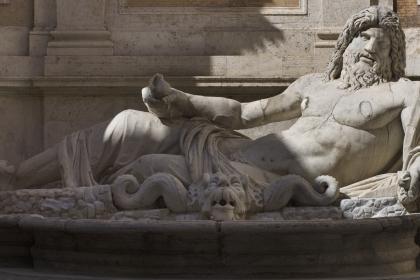
Madama Lucrezia
 Condividi
Condividi
Fountain of the Babuino
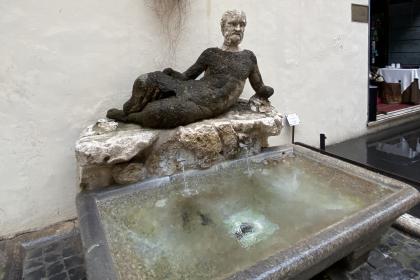
 Condividi
Condividi
Fountain of the Porter (Fontana del Facchino)
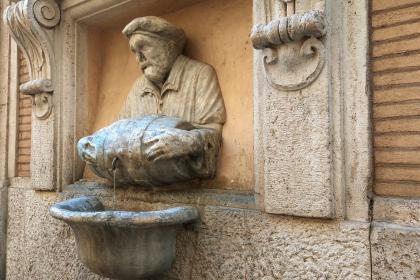
 Condividi
Condividi
Information
 Condividi
Condividi
Location
To find out about all accessibility services, visit the Rome accessible section.












































